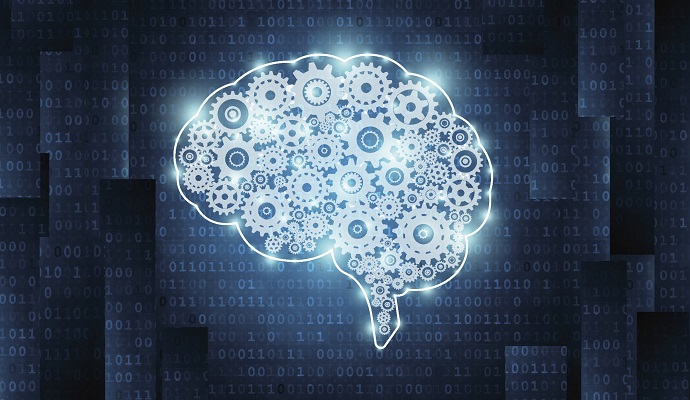Source- healthitanalytics.com
Fueled by EHR data, machine learning tools have shown potential in improving several areas of care delivery, including sepsis prediction, chronic disease management, and cancer detection.
As providers increasingly experience financial pressure to ensure patient safety, more organizations are seeking to use big data analytics tools to predict and prevent hospital-acquired conditions and potentially deadly infections.
Hospital-acquired pressure injuries are one area where researchers are applying these advanced technologies. Pressure injuries are prevalent among patients in intensive care units (ICUs), occurring in eight to ten percent of critical care patients. These injuries are also associated with longer hospital stays, more patient suffering, and increased healthcare costs.
Pressure injuries are incredibly costly. AHRQ estimates that a single hospital-acquired pressure injury costs between $20,000 and $151,000 to treat,” Jenny Alderden, PhD, APRN, CCRN, CCNS, Assistant Professor at Boise State University’s School of Nursing, told HealthITAnalytics.com.
“These injuries are not reimbursed because CMS considers them preventable, and they’re serious, reportable events. Hospitals have to cover that cost.”
While pressure injuries can be prevented, providers don’t always have the best means to stop them before they occur, explained Alderden, who also serves as an adjunct assistant professor at the University of Utah’s College of Nursing.
“If we can predict pressure injuries, we can prevent most of them. However, preventing them sometimes requires measures like specialty bags or more frequent skin assessments, which may not be feasible for every patient due to cost or time. That’s where risk assessment and predictive modeling come in,” she said.
Alderden and her team examined five years of EHR data on patients admitted to the ICU at the University of Utah Hospital. Among a sample of 6,376 patients, 516 developed pressure injuries of stage 1 or greater, and 257 developed pressure injuries of stage 2 or greater.
The group developed and applied a machine learning algorithm to the retrospective data to identify patients at risk of developing pressure injuries. The model reached an area under a curve of 0.79, a significant improvement over traditional methods of pressure injury risk stratification. Alderden noted that while most ICUs in the United States use a method called the Braden Scale, this approach reaches an average area under curve of just 0.68.
“The problem with the Braden Scale is that it lacks predictability,” she said. “Other studies have demonstrated that it classifies all ICU patients as high risk. So, it’s highly sensitive but it’s not all specific; it can’t differentiate. It doesn’t help us determine what we need to do based on the score.”
In addition to generating more accurate predictions, the machine learning method could streamline clinical workflows, reducing burnout and improving care.
“Our model doesn’t require bedside nurses to enter data into a tool the way the Braden scale does,” Alderden said. “The data comes right out of the EHR, so that nurses can use the data, but they don’t have to spend their time putting information into a model. We’re really aiming to reduce nurses’ documentation burden.”
Researchers also incorporated new, previously unexamined variables into the model to improve its accuracy, including body mass index, age, time required for surgery, and haemoglobinn levels.
“We worked with a multi-disciplinary clinician team to identify the variables of interest. That turned out to be important, because some of the significant variables we collected, such as surgical time, greatly impacted our main decrease in accuracy but had not been well studied as contributors to pressure injuries.”
As the healthcare industry continues to evolve into a more value-based landscape, more organizations will turn to artificial intelligence and machine learning to personalize patient care and enhance health outcomes.
“I haven’t seen many machine learning models used for clinical decision support at the bedside yet, but I think that’s the future of nursing,” Alderden said. “Providers in the ICU generate a lot of data about patients and their responses to treatment. I think that we’ll soon be able to use that data to identify patients who share characteristics and vulnerabilities so that we can customize our care to our patients.”
“The data that clinicians produce will be key in that work, as well as machine learning technology. Pressure injury risk prediction is one example of where providers can apply big data analytics tools to improve care.”
Ultimately, the research team expects to improve the model until it is ready to implement at the point of care and boost clinical decision-making.
“Right now, we’re working on next steps. We’re testing a model in a clinically similar population. After that, we plan to calibrate it to optimize specificity, so it can be used to identify the highest risk ICU patients,” Alderden said.
“Finally, we’ll work to simplify the model, because our aim is to deploy it in the EHR at the University of Utah as a clinical decision support tool. We want nurses to see which patients are at high risk for pressure injury, and then be able to carry out appropriate interventions.”
